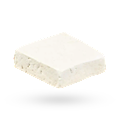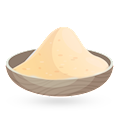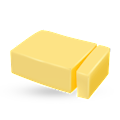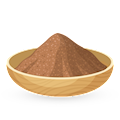Zigerkrapfen
Zigerkrapfen are sweet pastries made from a butter-enriched, finely grated white flour dough, filled with a sweetened mixture of ziger (a type of whey cheese), and then deep-fried until golden brown. The typical shape of zigerkrapfen is diamond-like, though variations include triangular or semi-circular forms.
The filling is sometimes enhanced with ingredients such as raisins, almonds, or a splash of Kirsch (cherry brandy) to add depth to the flavor. In the canton of Uri, the filling is traditionally seasoned with magenträs, a spiced sugar blend that imparts a reddish hue to the mixture due to the inclusion of sandalwood.
The dough for zigerkrapfen is prepared by rubbing white flour with butter, followed by the addition of eggs, sugar, salt, milk, and water to form a smooth mixture. The filling consists of finely milled ziger combined with sugar, spices like cinnamon and coriander, and milk to achieve the desired consistency. Read more
Historically, the earliest known recipes for Zigerkrapfen date back to the 18th century. For instance, the "Bernerisches Koch-Büchlein" from 1749 describes a krapfen filling made from ziger, cream, sugar, cinnamon, rose water, and a few raisins.
It's likely that such pastries were made even earlier, especially in regions where Ziger was a primary dairy product until the end of the Middle Ages. Traditionally, zigerkrapfen were associated with local fairs and festivals, known as Chilbi. Over time, their popularity grew, and by the 1930s, they were also enjoyed during events like Fasnacht (Carnival) and various market days.
In recent decades, zigerkrapfen have transitioned from being a seasonal treat to a year-round offering in many bakeries, reflecting their enduring appeal.








